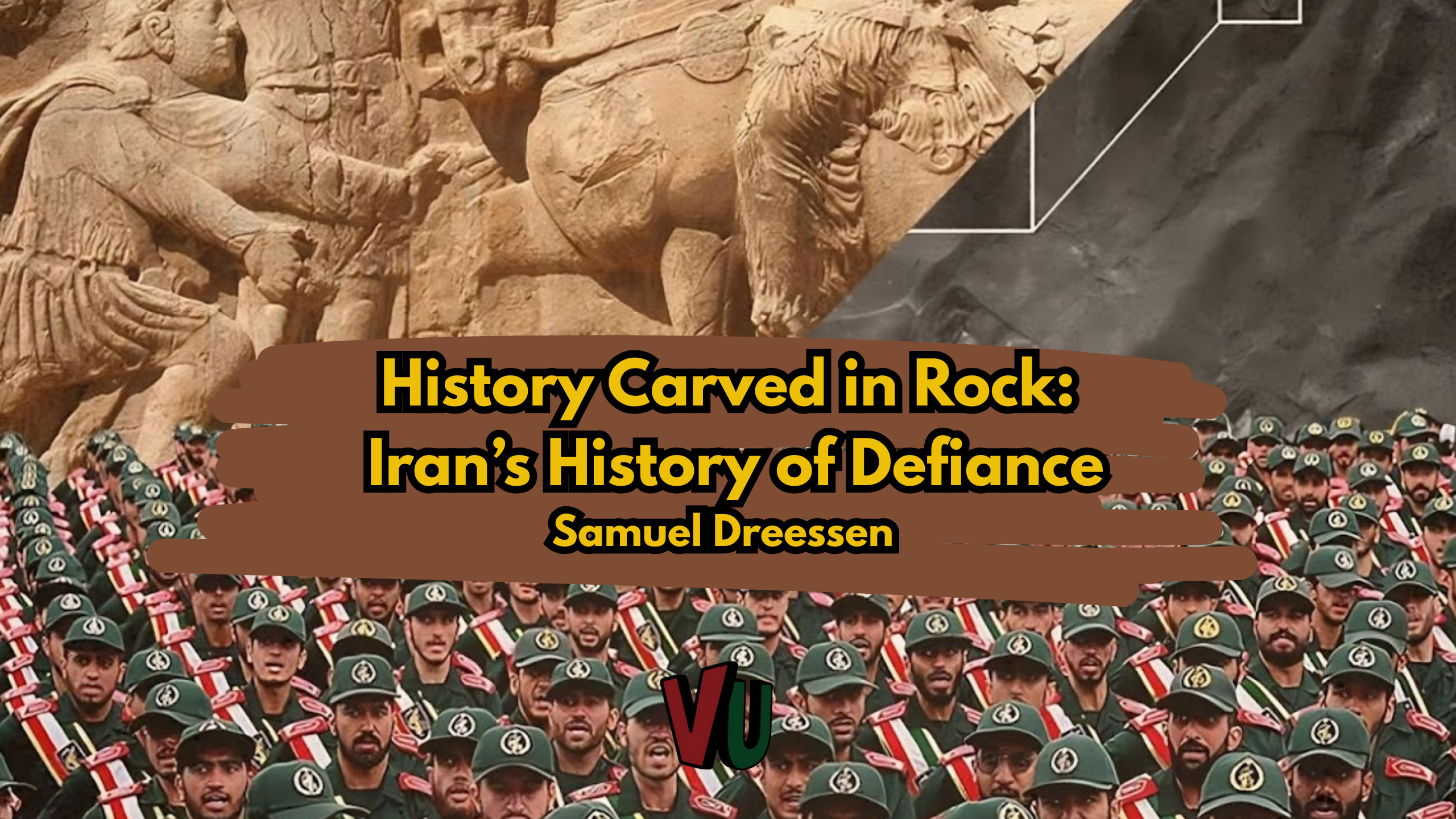
Samuel Dreessen
In the course of its five millennia of history (dating from the establishment of the Elamite kingdom in what is now Khuzestan around 2700 BC), Iran, and historically Persia, has rarely been subject to a successful conquest by an external enemy.
Many have indeed tried. Iran has been an inviting target for countless marauders, given its strategic position at a crucial part of the Silk Road, a key to vital trade routes between Europe and East Asia, and in the 20th century the discovery of oil there has made it a target of unwanted Western imperial predation. Even at the height of European colonialism, however, the British Empire never colonized Iran directly, relying on client rulers instead, as annexing and ruling the country was too laborious a task.
Why has bringing Iran under the foreign heel been such a difficult task? A considerable factor is geography- the country is a natural fortress. The plateau of the Iranian heartland is surrounded by natural barriers that are challenging to any outside incursion. Shielding its southwestern flank are the Zagros Mountains, on the northwestern and northern approaches, there are the Alborz Mountains, and the eastern flank is shielded by the Kavir Desert (also known as the Great Salt Desert) and the Lut Desert.
Even the rare examples of foreign conquest bear out the importance of their geographic factors. Alexander the Great, through tactical brilliance and his legendary leadership skills, was able to bring down the might of the Achaemenid Persian Empire in the titanic battles of Granicus, Issus, and Gaugamela (334, 333 and 331 BC). The Macedonians’ disciplined phalanx formations, with their long spears, were virtually impossible to break through in a frontal attack, enabling Alexander to defeat enemy armies that were many times his size repeatedly.
Yet, even with much of the Persian army decimated, Alexander rarely made it to the ancient Persian capital of Persepolis; his army was held off at a mountain pass for over a month by a Persian force only one-eighth the size of his army. The choke point was a narrow pathway through the Zagros Mountains known as the Persian Gates. The phalanx’s advantages were nullified by the Persian defenders hurling arrows, javelins, and rocks from the cliffs above. Alexander only won the day because a local shepherd guided him to a mountain path that enabled him to outflank the Persian defenders.
The Mongols under Genghis Khan largely avoided the mountainous barriers because they invaded from the east, rather than the west. The eastern deserts didn’t unnerve them because, as hardened nomad warriors, they were not deterred by extreme heat or extreme cold, and regions with little food to subsist on didn’t deter them. Mongol warriors could march for days without water, even drinking the blood of their horses to keep themselves nourished. The great Persian city of Nishapur, one of the world’s greatest metropolises in the 12th century, was utterly destroyed by the Mongols. According to some accounts, Genghis Khan slaughtered 1.7 million of the city’s inhabitants in ten days- a death toll that would exceed the number of people murdered in Auschwitz by the Nazis.
In each of these rare episodes of conquest, Persia was such a well-established civilisation that its conquerors assimilated into Persian culture, adopting their customs, language, and habits. Alexander the Great ordered his soldiers to marry Persian wives, in the hope of creating a new Hellenic-Persian civilisation. This became the foundation of the Seleucid Greco-Persian kingdom, which lasted approximately 150 years after Alexander’s death. The Mongols settled down after their initial onslaught and established the Ilkhanate. Their rulers converted to Islam, and they adopted the dress and mannerisms of the medieval Persian court.
Thus, Iran has conquered even its conquerors.
What is the relevance of all of this old history? Iran’s harsh geography still poses a significant deterrent to foreign invaders and aggressors to this day. In the 12-day war between the Islamic Republic of Iran and the U.S. and Israel in June, even modern-day air power was unable to cripple the infrastructure of Iran’s nuclear program, since Iran’s Islamic Revolutionary Guard embedded such facilities inside the mountains and valleys of the country, most famously Fordow. This strategic use of geography made these sites impregnable to conventional bombs, and according to some military experts, even tactical nuclear weapons wouldn’t have met with more success.
The Islamic Republic of Iran has integrated its geography with modern technology, blending traditional and contemporary elements to create a unique blend. With a base of popular support for the Islamic Revolution, the revolutionaries in Iran can have confidence in a conventional military, as well as loyalist Basij militia, who are the eyes and ears across the entirety of the country. Iran’s natural features, scientific innovation, and an anti-imperialist movement mobilised in defence of a social formation with millennia of cultural cohesion and endurance make for a potent combination.
With the Belt and Road Initiative becoming the New Silk Road of the 21st century and taking shape as the backbone of the alternative Eurasian-centred economy, the hegemonic Western powers, led by the US and spearheaded by Israel, believed they could decisively knock out Iran. In doing so, they hoped to secure US/Israeli dominance in West Asia, cripple BRICS, and by turning Iran into another Libya and Syria, unleash chaos on the borderlands of Russia and China, halting their economic rise and ambitions. Instead, they were blunted by a natural and social fortress.
Only the most brilliant and visionary of military leaders would have been able to subdue Iran by force- and even then, their conquests proved temporary. The likes of the Trump administration and the clique around Netanyahu are none of these things.
Samuel Dreessen is a writer and analyst from the American Midwest.